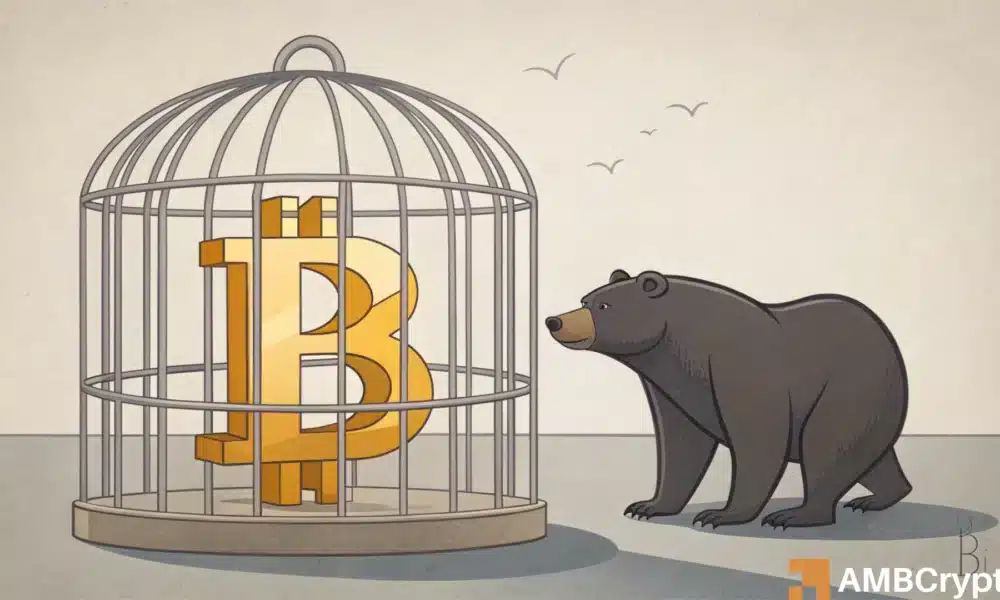Bitcoin experienced a brief dip below $94K before recovering to $97,200, showcasing heightened volatility in the market.
In such an environment, there exists a looming risk of a potential Bitcoin bear market if certain key investor groups, who are currently holding onto unrealized profits, decide to start selling off their holdings.
Crucial Thresholds to Monitor
Should Bitcoin lose its momentum, falling below $89,300 could potentially trigger profit-taking among short-term holders (owning over 1,000 BTC, held for less than 155 days) – commonly referred to as whales – leading to an increase in selling pressure.
Nevertheless, the primary level to be vigilant of stands at $58,000, which represents the realized price of miner whales (comprising wallets of mining companies that possess more than 1,000 BTC).
Historically, breaching this particular level has marked the confirmation of Bitcoin bear market cycles, emphasizing its significance as a critical long-term support level.
Whilst Bitcoin currently maintains a comfortable margin, continual volatility in the market may challenge these thresholds. Remaining above them is imperative to uphold a bullish market structure.
Can the Bulls Avert a Bitcoin Bear Market?
Despite a firm macroeconomic environment in the U.S., bulls have successfully staved off a Bitcoin bear market by defending the $90K level for an extended period, indicating robust demand.
Nonetheless, extended consolidation around resistance levels hints at a probable liquidity trap scenario.
If Bitcoin breaches the $99K threshold without significant spot demand, leveraged long positions might liquidate, potentially setting off a chain of further liquidations.
A retreat to $90K would then serve as a critical evaluation point. Failing to hold this threshold could propel Bitcoin towards $89,300, where short-term holder whales could commence unwinding their positions, thereby amplifying downward pressure.
Although the likelihood of a Bitcoin bear market remains uncertain, lackluster ETF inflows, diminishing FOMO sentiment, and a decline in network activity could trigger a sudden reversal, resulting in the liquidation of substantial leveraged positions.

